Urbane Künste Ruhr: Art After Coal Mines

Most people are familiar with Berlin’s galleries and studios, Cologne’s Art Fair, Documenta in Kassel – but it’s in the unlikely Ruhr region that some of the most innovative contemporary art projects in Germany are taking place, borne out of economic restructuring.
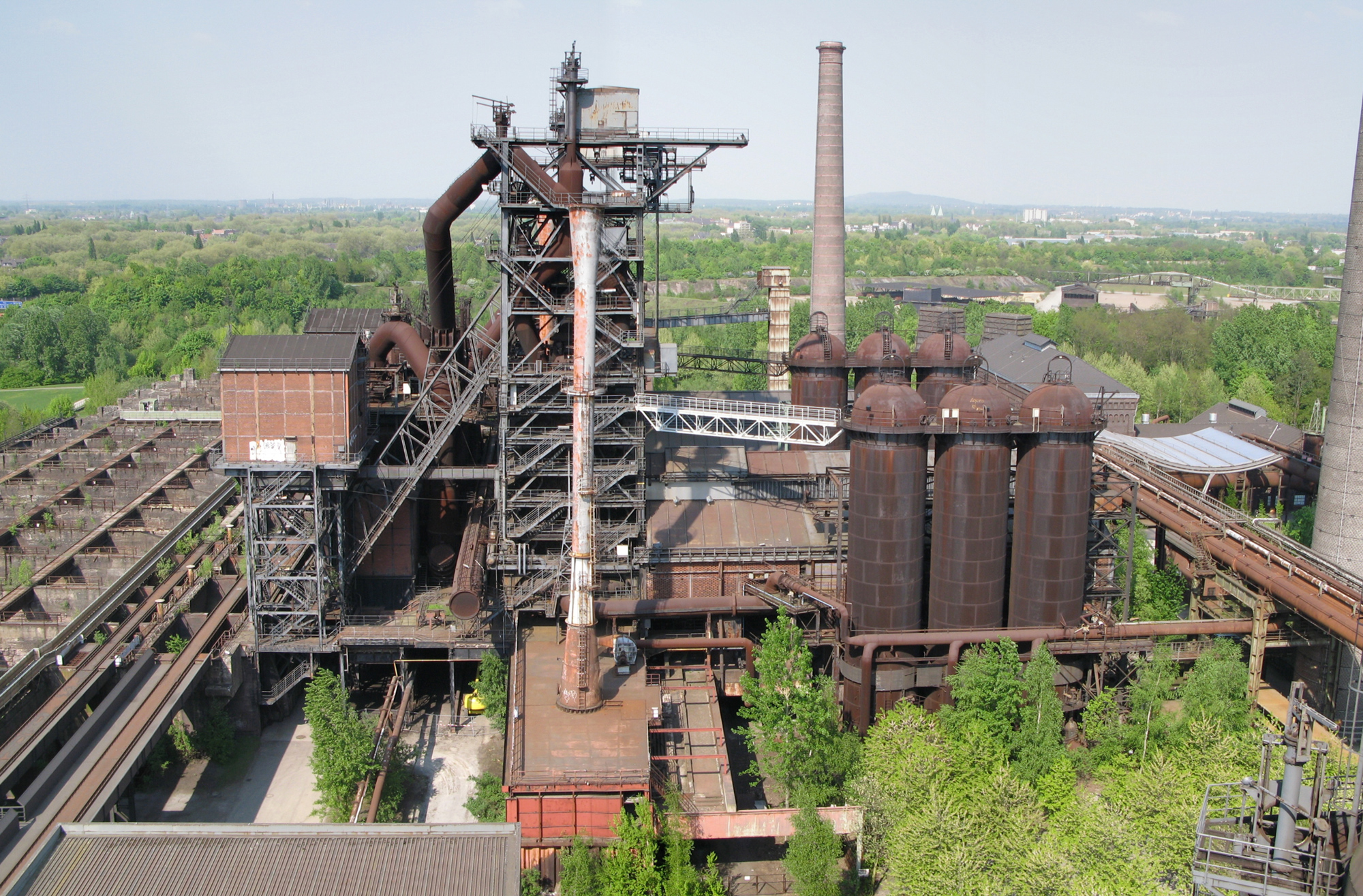

Deep in the west, close to the border with the Netherlands, the Ruhr region contributed significantly to the global coal, iron and steel industry from the mid-nineteenth century up until the 1960s. The region gradually grew into a conglomeration of industrialised pockets with hardly any centres or clear-cut borders between town and country, only to be hit by massive waves of urban reorganisation in the 1980s, as industrial forces steadily declined.
Structural changes have been increasingly guided by practitioners of art in public spaces, with initiatives focused both on stimulating aesthetics, and referencing, or challenging, social changes. A considerable player amongst those who use the Ruhr region as stomping ground for experimental art interventions in recent years has been Urbane Künste Ruhr (UKR). As the youngest of four sections constituting the overarching body called Kultur Ruhr, and the only focused solely on art in public spaces, it facilitates art projects by inviting various cultural players to create artworks, backed by the organisation’s support and curatorial assistance.
The organisation has recently marked its sixth anniversary, with a change of leadership. Curator Britta Peters has replaced founding director Katja Aßmann, who has moved to Berlin to head the Centre for Art and Open Space (Zentrum für Kunst und Öffentlichen Raum, ZKR). As the organisation is facing both growth and change, now is a good time to trace its history, conceptual texture and geographic context.
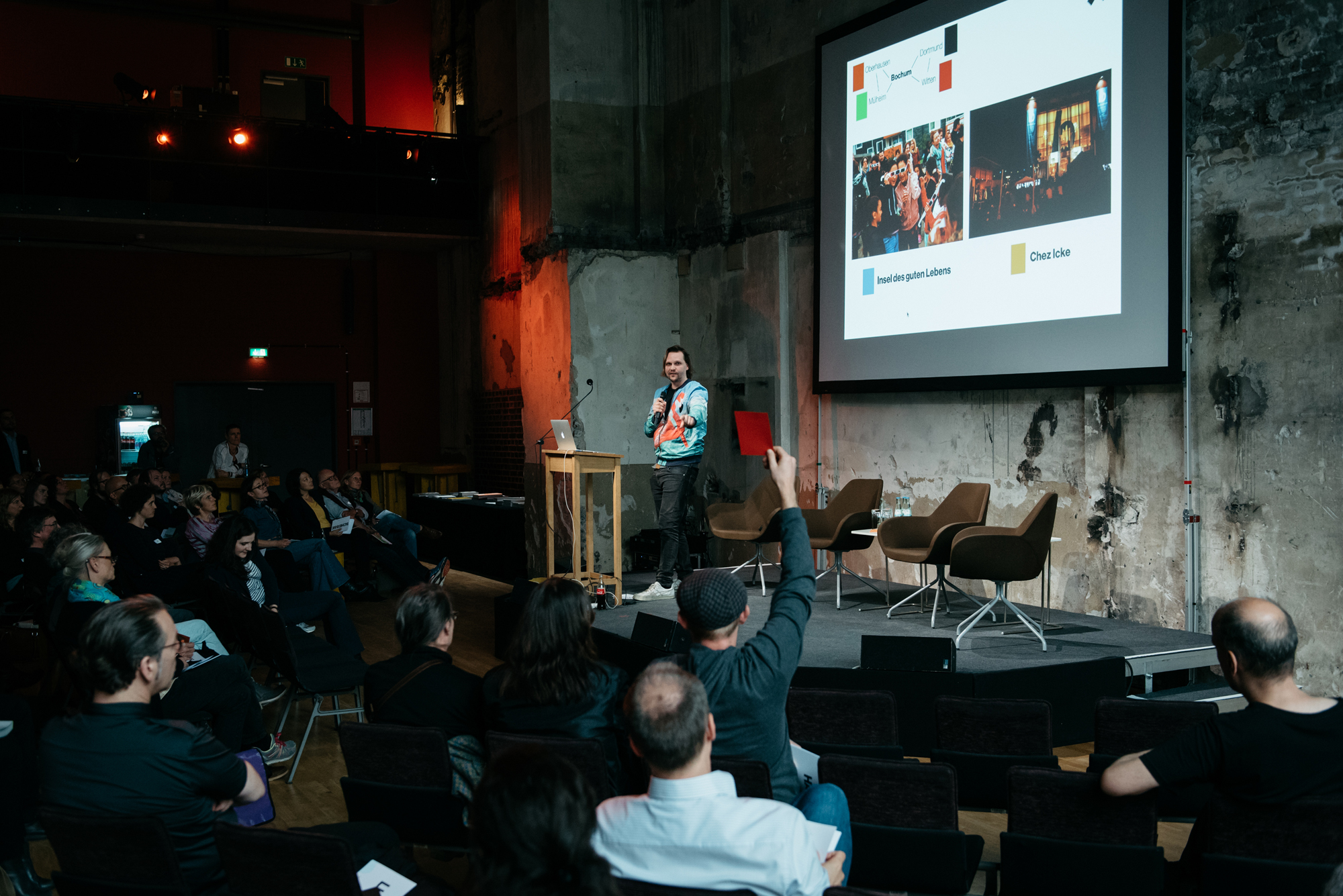
In the mid-twentieth century it was not uncommon for residents in the Ruhr region to dry their laundry underground, as heavy smoke came storming out of the coal plants. Waste waters from industrial compounds and households stretched through the region like chewing gum. The Emscher, infamously known as Germany’s dirtiest river, even today has yet to undergo complete renaturation. In certain areas, drift stench is still a constant.
Yet the downfall of heavy industries led to the conversion of the areas where they once operated. Beginning in 1989, with the ten-year-initiative Internationale Bauausstellung (IBA) Emscher Park, the state North Rhine-Westphalia set course towards renewing industrial sites, until then considered leftovers of bygone times. Parts of derelict land made up of (semi-)dilapidated industrial premises began to resemble park-like patterns. Many of those factories have remained to this day: abandoned and disused they gained new recognition, increasingly seen as cultural assets.
Then came the so-called Ruhr.2010, a large-scale project tying together regional players from culture, politics and economy to support art projects that emphasised the cultural heritage and identity of the region. Stretching out in the heart of the Ruhr region, the city of Essen was nominated as the cultural capital of Europe. For the first time, the ever-changing region was showcased as a metropolis, with artworks popping up to emphasise citizens’ new urban realities: environmental adversities, brain drain, the struggles of new migrants to the region, poverty levels, rates of unemployment and educational deficits.
Founded in 2012, UKR tapped into this difficult situation. Their artistic agenda was to generate new perspectives on the future of the region by reflecting on the socioeconomic changes that have affected land and people. With a program of temporary architecture, urban interventions and artistic-discursive research projects, UKR turned the Ruhr region into a site for artistic experiments.
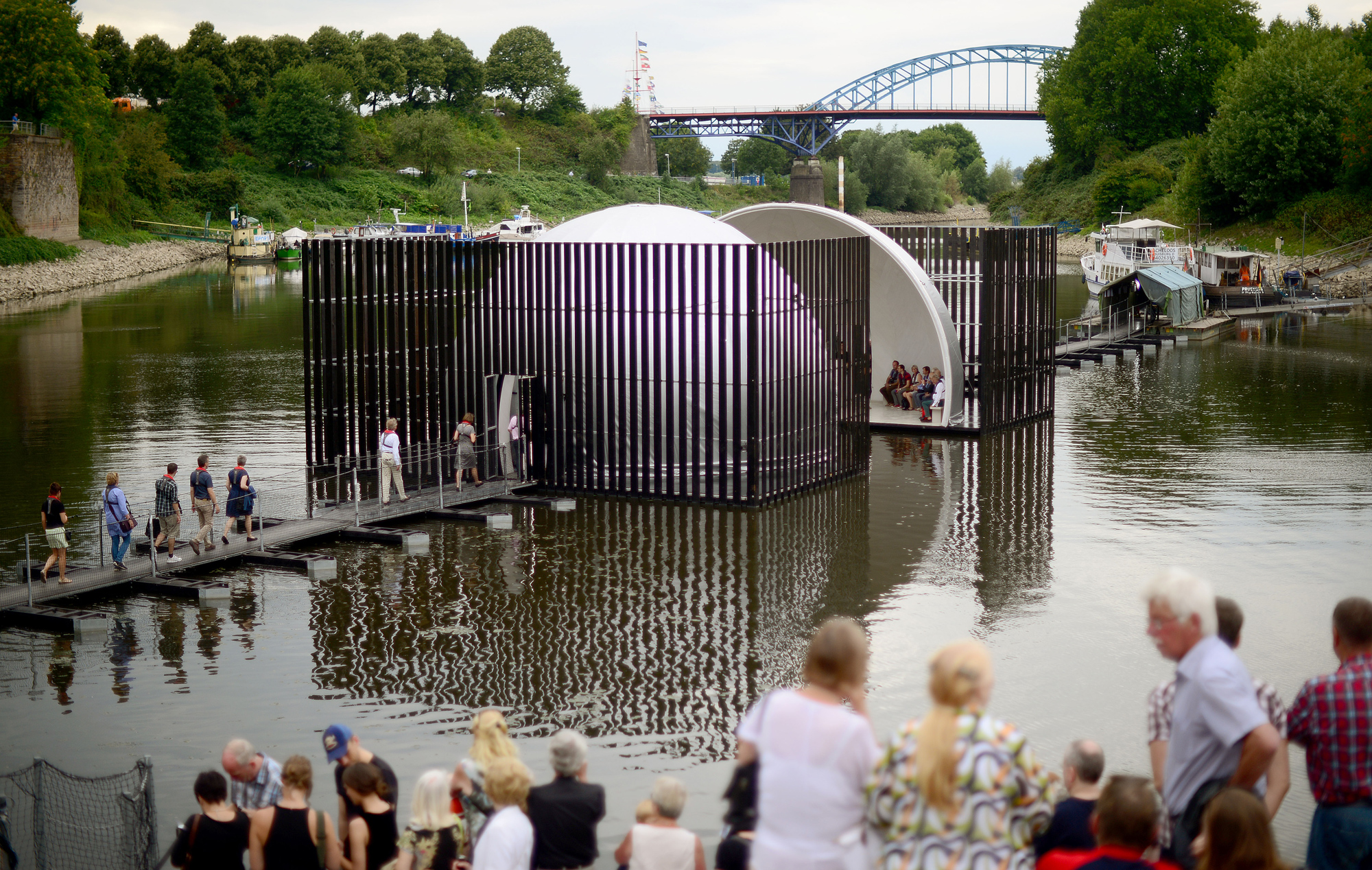
Starting out with an emphasis on discursive and theory-laden activities, performative and practice-related projects eventually came to the fore. Urban interventions were meant to put on display the urban landscape and (everyday) life, with urban society represented in multidisciplinary ways. Temporary and permanent installations and performances in public spaces seemed more and more based on the realisation of ideas derived from action or performance art, often with a good dose of conceptual elements.
One crucial aspect of the curatorial thinking in UKR projects is the support of the arts to promote urbanity. “Building on the way IBA and Ruhr.2010 had engaged the industrial heritage,” says Carola Kemme, head of UKR programme management, “UKR as a long-term experiment set out to connect art with the very environment it was placed in, through projects referencing the interplay of spatial and social structures alike.” Artworks are produced as a response to local conditions, in an approach diametrically opposed to the generic public sculpture that often predominates in urban renewal projects (termed ‘plop art’ by architect James Wines). Artistic endeavours are implemented as site-specific embodiments of ideas that are meant to be intrinsically linked to the lives of the very people whose experiences are in part determined by the very places they live in. Combined with a strategy of real estate reevaluation, this may be a promising way to inject the city with cultural capital, without amounting to gentrification and its reliance on middle-class taste and spending power.
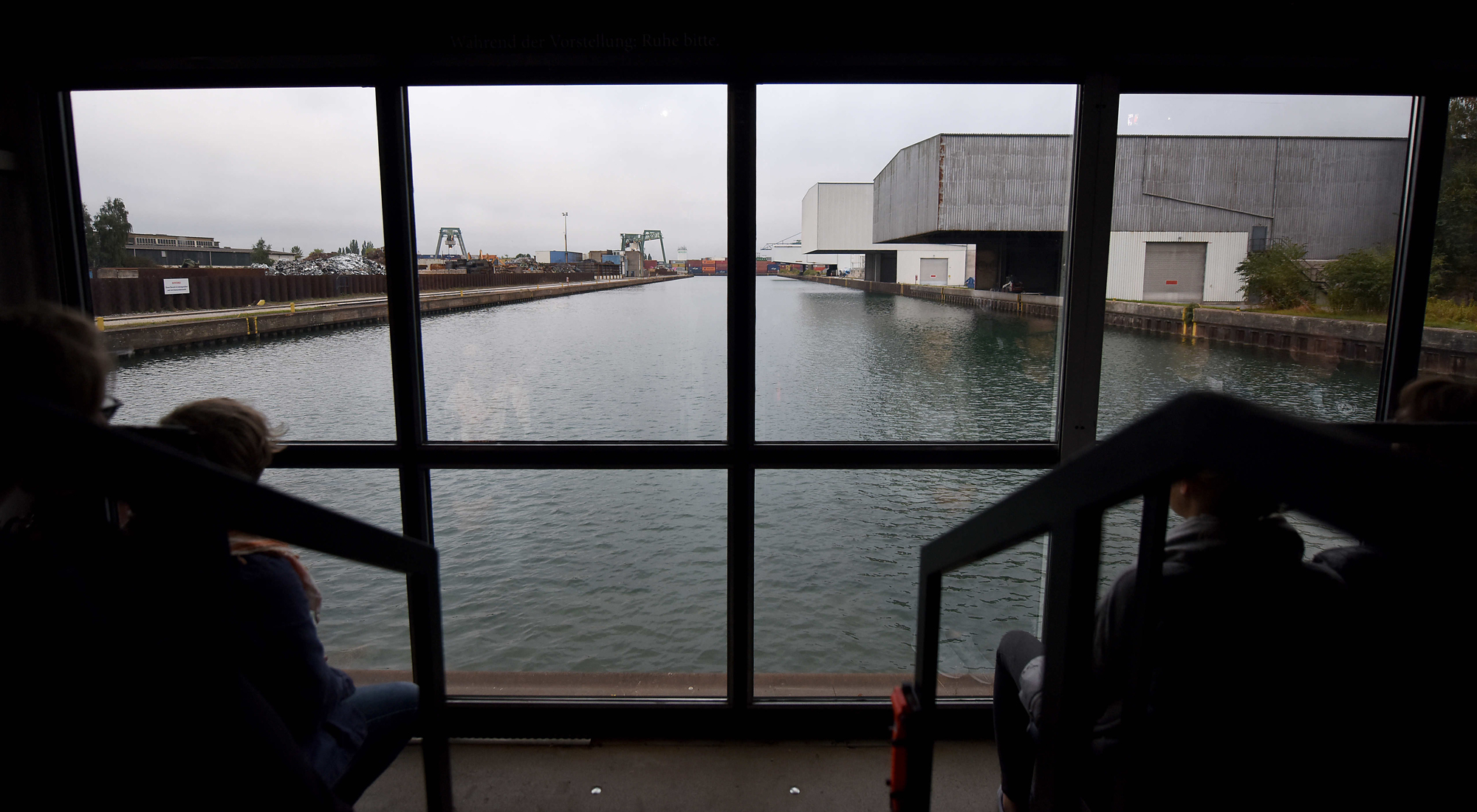



Art ventures are commonly an invitation for residents to engage in activities that push for urban transformations, a task particularly hard in a region that lacks economic prospects. Consequently, parts of the projects are often staged in the public sphere where people are likely to shuttle through as they pursue their everyday business. “Producing art projects in the Ruhr region is fundamentally different to doing so in Berlin, Munich or even Cologne”, emphasises UKR project manager Christina Danick. “With no large crowd of art lovers, it is harder to get people to come where the art is on display, temporarily configuring public space. But this also offers opportunities of participation in the shaping and making of urbanity beyond the general art discourse, encouraging social engagement with the arts and even more so with the place these people live in.”
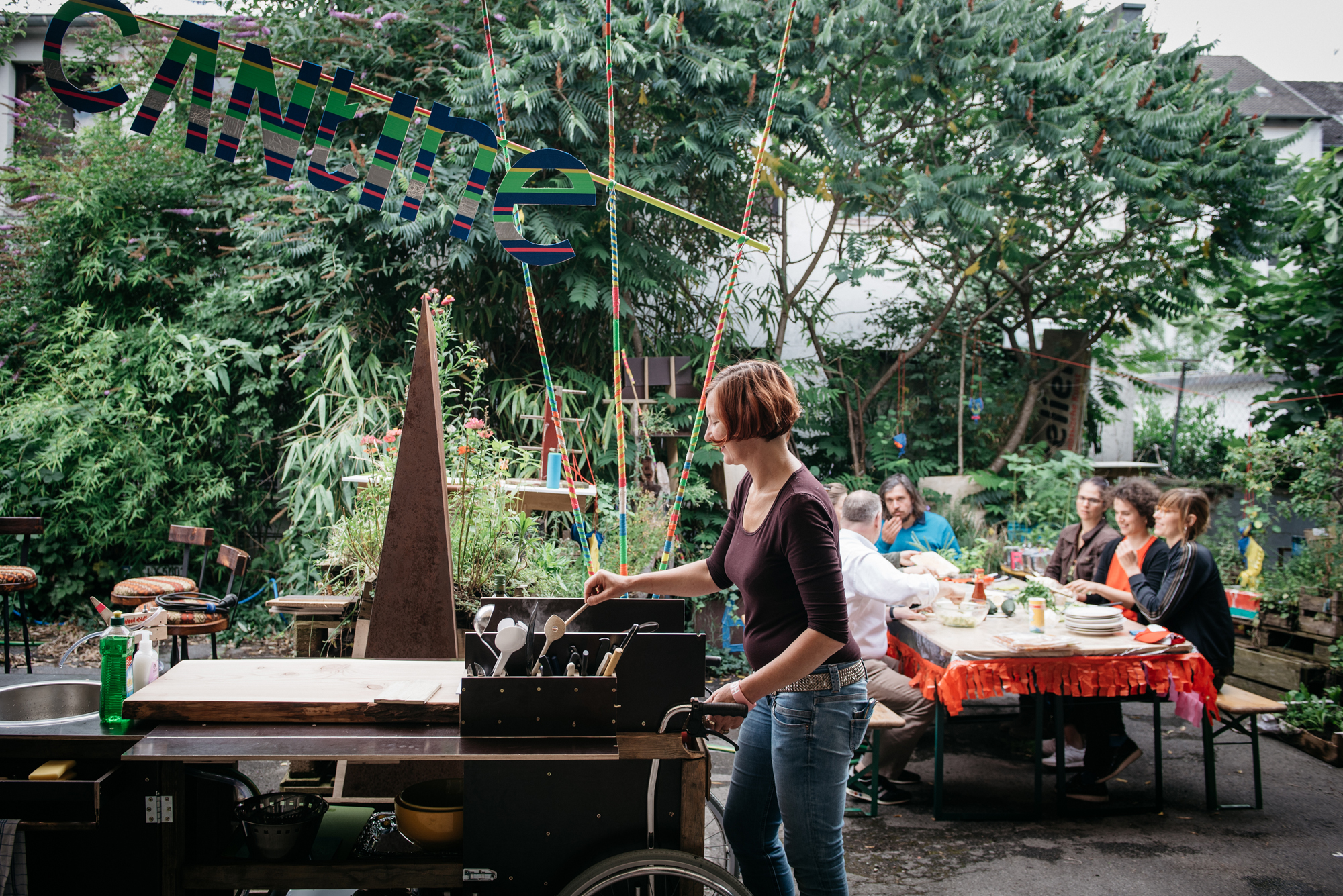

This is where political and aesthetic aspects of civil engagement can be seen entangled with one another. Geographic space has social implications. Bringing certain architecture and urban areas back into people’s field of vision through conversion and use has the potential to raise awareness of complex sociopolitical issues. “I love to think of art as a mental and sometimes even physical free space, cut out of the relations of usefulness and reasonability, and stripped from the direct effort to apply plain logic,” agrees Britta Peters, the new artistic director of UKR.
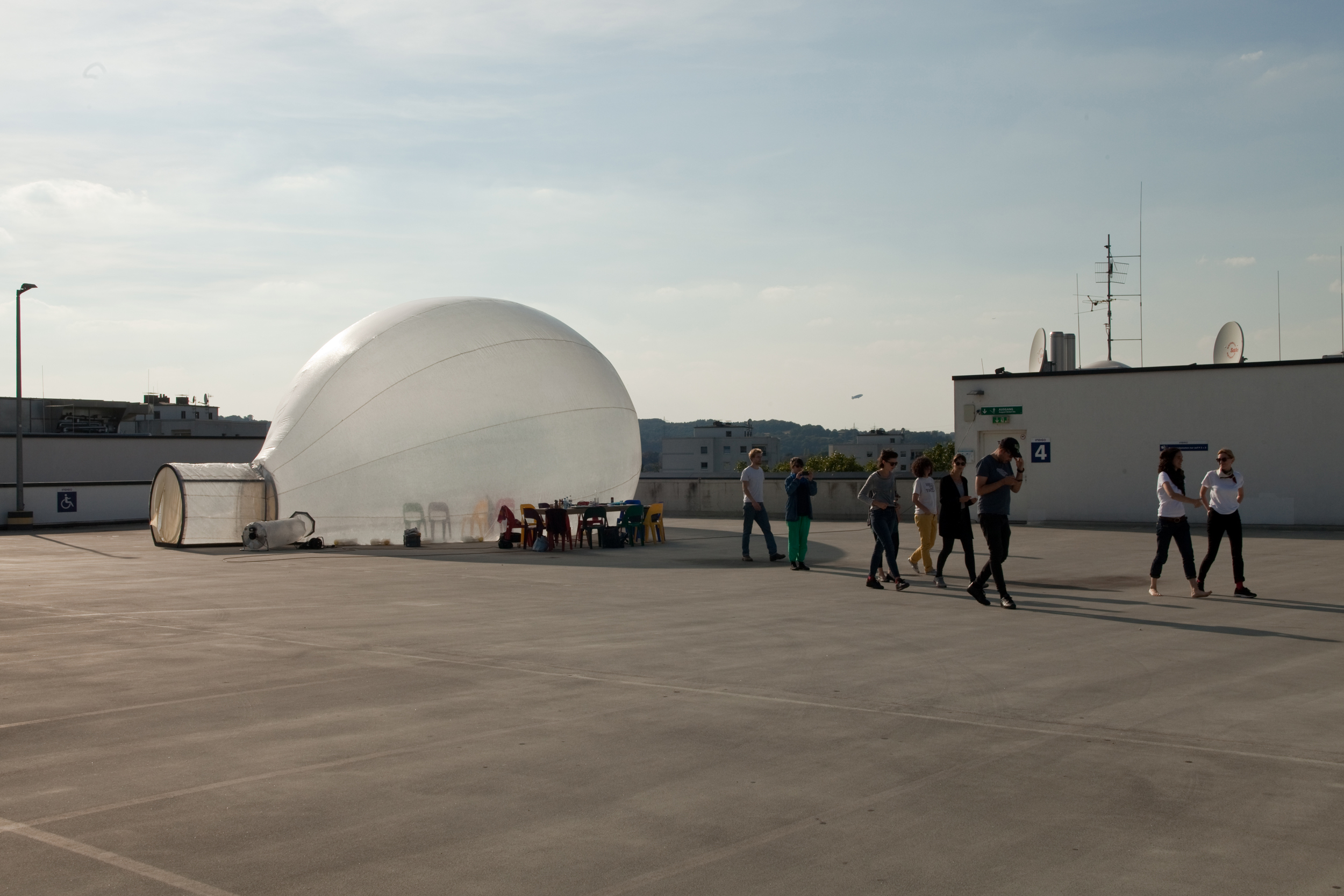
The art created by UKR directs the passerby’s gaze at places that tend to be easily ignored, precisely because of their commonplace presence – what French anthropologist Marc Augé once called the ‘non-place’. In the Ruhr region, this amounts to an infrastructural junction of underground crossings, motorway bridges, parking areas, (inoperative) construction zones, abandoned sites, in-between spaces, empty fields and uncultivated land. The art makers rethink and reinterpret them. Ordinary places are restructured, modified and turned into short-term venues for public events — and suddenly put to use against their primary function in order to encourage new perceptions. Obsolete rental spaces are opened up for all sorts of projects and purposes without seeking to increase their economic value as real estate – be it for hosting a radio station set up by arts students, or video installations as part of the Emscherkunst exhibition in 2016. As a result, in both utterly direct and rather implicit ways, art makers have drawn attention to a whole lot of spaces representing economies, communities and narratives that may not be covered in the more rigid frameworks thrashed out by urban planners.

UKR programming is designed to deal with phenomena that are global in nature, but also have a distinct effect on the Ruhr region; e.g. spatial and settlement development, infrastructure, architecture, urban and agrarian transformation, mobility, gentrification and public participation in decision-making processes. Such parameters constitute urbanity in the Ruhr region in their own ways. Different terms have been coined to encapsulate the Ruhr region’s structural uniqueness: “Ruhrbanität” (‘Ruhrbanity’, Christa Reicher) or “Zwischenstadt” (‘in-between city’, Thomas Sieverts). One of the most obvious markers of the region are the (post)industrial facilities that can be gigantic in both their physical expansion and energetic output: as much as they have always been local, their scale points to their importance in the global circulation of capital. The region is divided into numerous sections, sometimes cramped, massive and refurbished, at other times abandoned, blank and dilapidated. What seems obvious, in any case, is the need for a sustainable transformation.
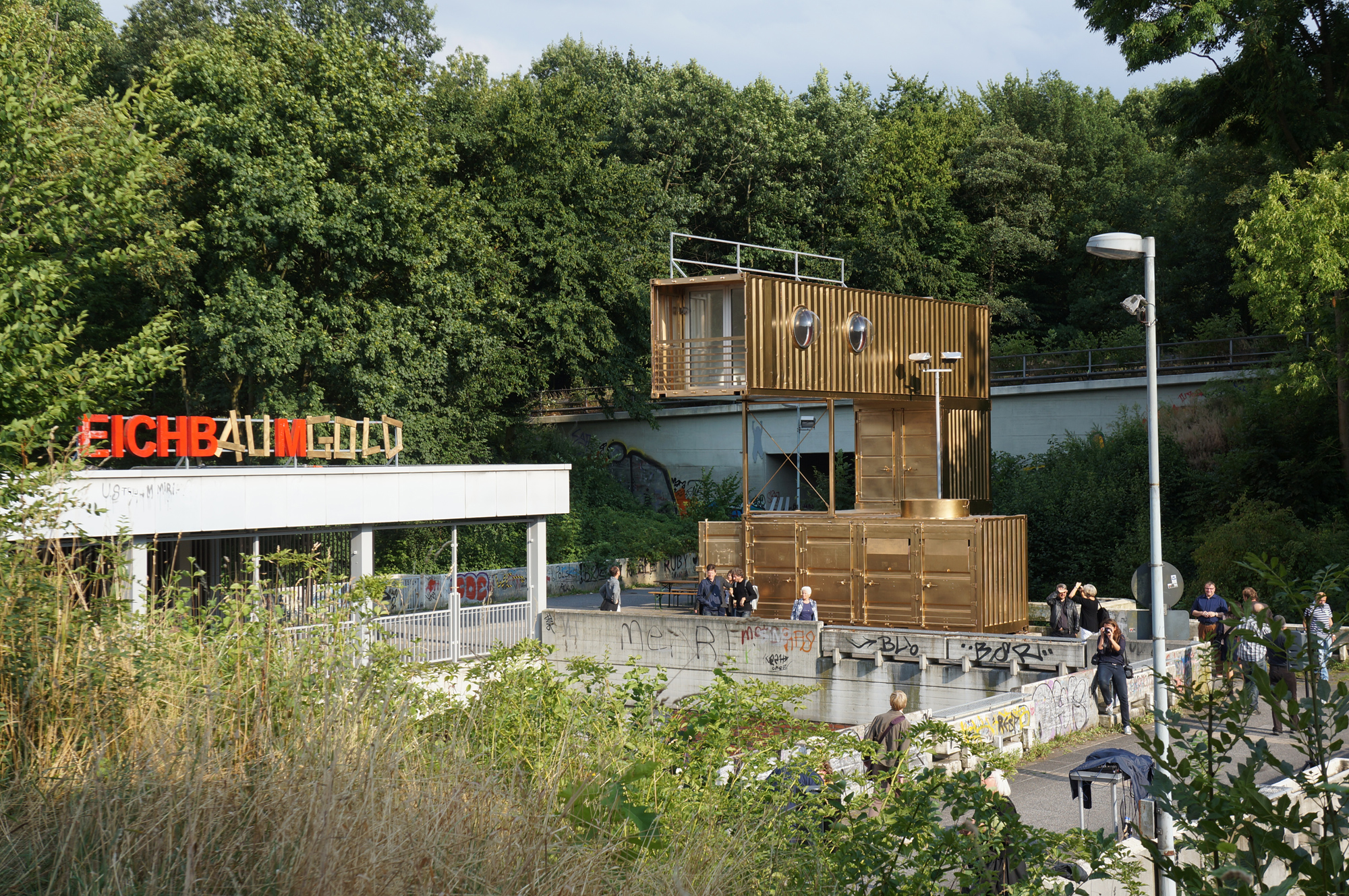
Further elaborating on the tension between artistic intervention and structural change, Peters outlines an understanding of the importance of access to art: “Art and culture are common goods and as necessary for society as bread and butter. Since the notion of public space is very complex and difficult to define for various reasons – think of issues such as property rights, digitalisation and what it takes to make the wider public generate an awareness that may lead to assessing, if not outright criticising the status quo –, I would declare accessibility as first and basic rule for all projects. Art projects have to be free of charge and well mediated. As a force that can affect people’s way of thinking – sometimes more, but often less immediately – art can be considered as a long-term bonding agent, bridging the space between the public and what the place the artwork refers to is constituted by.”
Pulling off public artworks like those undertaken by UKR necessitates an ongoing dialogue with the more conventional planning sections of the municipalities it needs to work with: a crucial part of what UKR programming comes down to is effective networking. Describing their approach in an essay in Labor Mülheim, the book documenting various collaborations between UKR and the Zürich University of the Arts that took place in the city of Mülheim, Aßmann clarifies: “UKR has consistently been pushing for new forms of regional collaboration. That entails not only developing experimental methods of operating in an interdisciplinary environment, but also activating artistic processes with an open, undetermined outcome.”

Asked about the character of the future dialogue between UKR and public planning authorities especially under the new artistic direction, Peters straightforwardly acknowledges the problem with making predictions, saying that “[i]t is too early to talk about that. But judging from my former experience with projects in public space,” she goes on, “I know that working in public space always means working within the space of public legislation.”
“We are talking a somewhat hidden activity. But if one succeeds, the realised artwork, at times incorporating a ridiculous amount of time and effort that is suddenly rendered invisible, shows that there are possibilities to use public space differently.”
Revolving around art in public spaces are conversations that ought to cut right through the landscape of bureaucracy, logistics and curatorial agendas related to aesthetics and sociopolitical dimensions of art. This is where the action takes place. Public space is an area contested by the forces of governments, citizens, and geography. Somewhere in between, there is room to be made for public art. That free space is not necessarily merely geographic, but also psychological, requiring compromise and imagination.
“People’s realities and art have developed ties,” highlights Aßmann in Urbane Künste Ruhr: Arts in Urban Space, the second monograph on the group’s work. “Even though that bond continues to shape the testing grounds for art organisations such as UKR, it has already found its way into people´s everyday life.”
An imagined place is neither perfect, nor a failure of reality. Despite all its apparent ugliness, the Ruhr region epitomises a zone of possibility. Therein lies the beauty: somewhere in between the realms of utopia and dystopia.

A huge thanks to the whole team at Urbane Künste Ruhr for speaking with us over a period of many months. You can find out about this organisation’s incredible body of work on their website. The program of the next Ruhrtriennale will be announced on 24 April: details here.